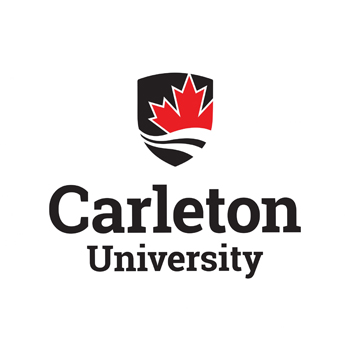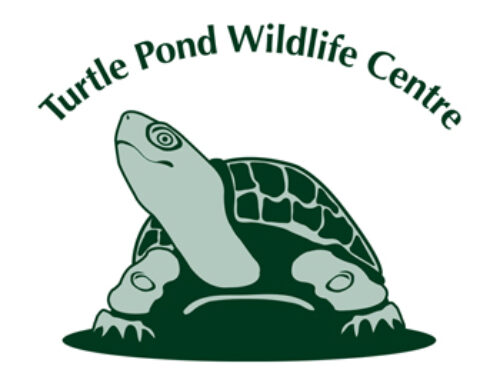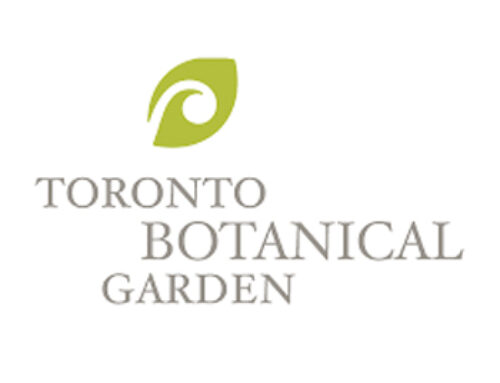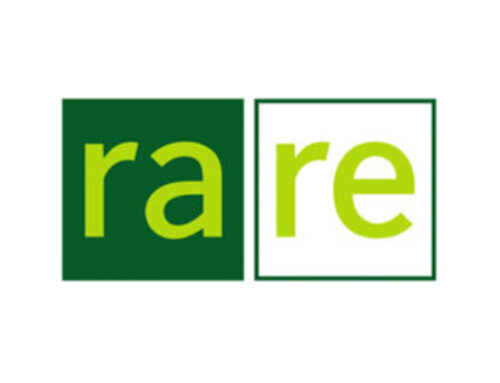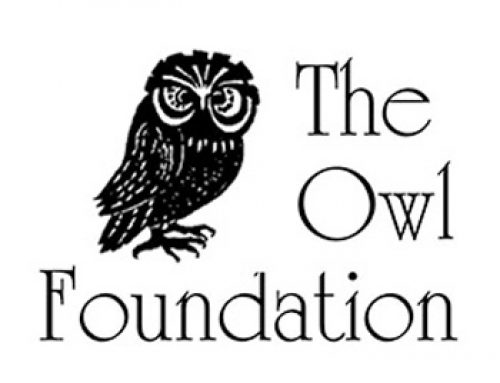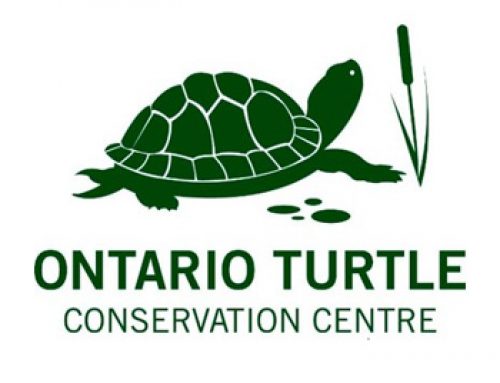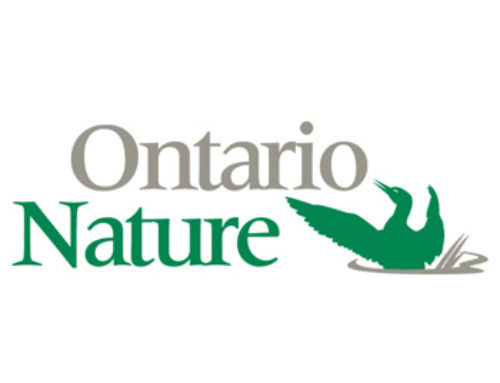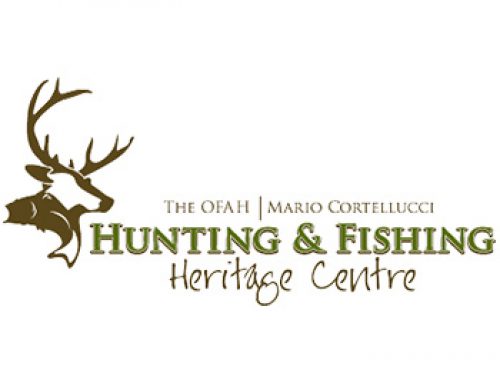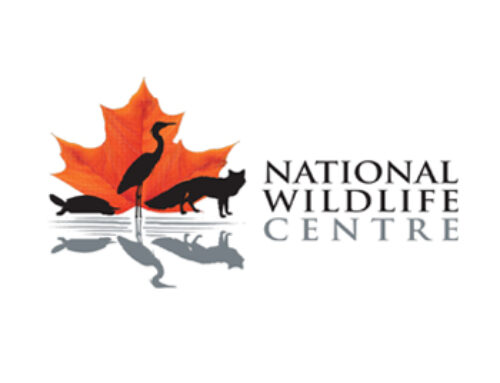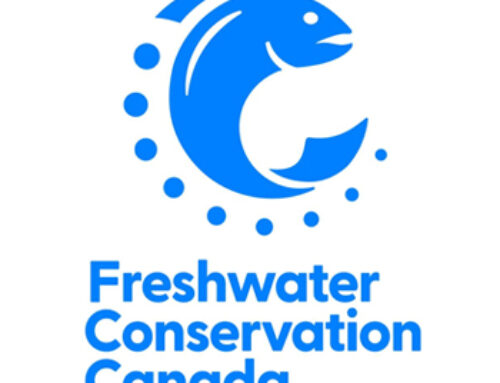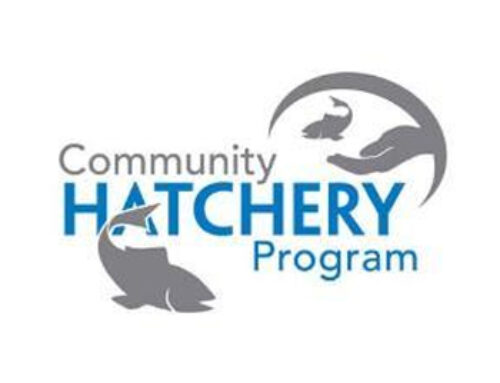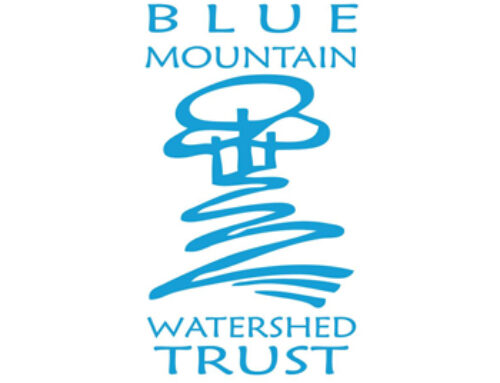2025
Collective Movement and Habitat Use in Declining Bat Species
Project Objectives
- dentify and characterize foraging habitats used by tricolored bats,
- Examine group movement patterns from roosts to foraging and hibernation sites,
- Test the role of genetic relatedness in dyadic movement behavior,
- Examine genetic relatedness of the maternity to the landscape genetics
Monitoring tricolored bat populations in Ontario is challenging due to their cryptic nature, small populations, and technological limitations. To better understand their habitat use across their life cycle (i.e., between hibernacula, maternity colonies, swarming areas, and other habitat types), we developed a Motus-based approach to monitor bat movements in the Ottawa Valley (see motus.org for more info on the collaborative tracking network). Standard Motus stations are well-suited for studying large-scale movements, such as migration, as they can detect tagged individuals from distances of up to 15 km. We modified this approach by using stations with smaller detection ranges (500 m) and arranging them in a dense array around the newly discovered tricolored bat maternity colony. In addition to the core array, we deployed standard Motus stations around three known hibernacula in the region to detect movements from the maternity colonies to critical overwintering areas. We supplemented the Motus detections with manual tracking to pinpoint day roost locations.
In July 2023 and 2024, we captured 57 adults and newly-volant pups at a maternity colony and attached 47 nanotags that emit signals every ~3 seconds (NTQB2; 0.29 g weight; Lotek Wireless Inc., Newmarket, Ontario). In addition to tagging bats, we collected 3-mm biopsy punches from the bats’ tail membranes during capture for future DNA analysis. Preliminary results show that juveniles frequently travelled with adults, but group size and individual presence shifted. Bats moved through town to forage along a river and visited a nearby hibernaculum, suggesting that foraging areas are socially selected and that information transfer about overwintering habitat may occur. At present, however, it is unclear if the information transfer happens primarily between offspring and mother pairs or if the overall social structure of the maternity colony has implications for fitness through knowledge transfer about foraging and wintering locations.
In addition to samples taken directly at a maternity colony, we have 95 tricolored bat tissue samples collected over seven years at six hibernacula, including the three mentioned above. Including these samples provides an opportunity to contextualize the genetic structure of the maternity colony within the surrounding population of tricolored bats.
This grant will support the genotyping of the maternity colony and hibernacula samples to quantify the relatedness of tagged individuals. Following DNA extraction, samples will be sequenced using double-digest restriction-enzyme associated DNA sequencing (ddRAD-seq). ddRAD-seq is a reduced representation approach that samples across the entire genome of a given species rather than sequencing every single base pair, making it more cost-effective than whole-genome sequencing while still yielding high-resolution information. This resolution allows us to characterize the mother-offspring relationship and identify smaller degrees of relatedness (i.e., cousins) that may be pertinent to social dynamics within a colony and broader patterns of genetic structure. Additionally, it will facilitate genome-wide comparisons between the maternity colony and the hibernacula, allowing us to better understand the connectivity between the maternity colony and the overarching population.
To test the role of relatedness in dyadic movements, we will investigate the correlation between genetic relatedness and the frequency of dyadic movements, as quantified from the tracking data. Moreover, we will evaluate the contribution of the maternity colony’s genetic structure to the greater landscape-level genetic composition. By comparing genetic markers from the maternity colony to swarming sites, we can model the removal of the maternity colony, gaining insight into genetic flow and the devastating consequences of losing a maternity colony.
We hypothesize that juveniles rely on adults other than their mothers for information about foraging and hibernation sites due to the benefits of learning from a variety of conspecifics and given our observations that group membership shifts. We hypothesize that the swarming site nearest to the maternity colony will contain individuals with the highest genetic relatedness to the colony, reflecting greater use by local bats. Moreover, because other studies have found that multiple matrilineages are present at maternity colonies, we hypothesize that the loss of a maternity colony will lead to a significant loss of genetic diversity across the landscape.


